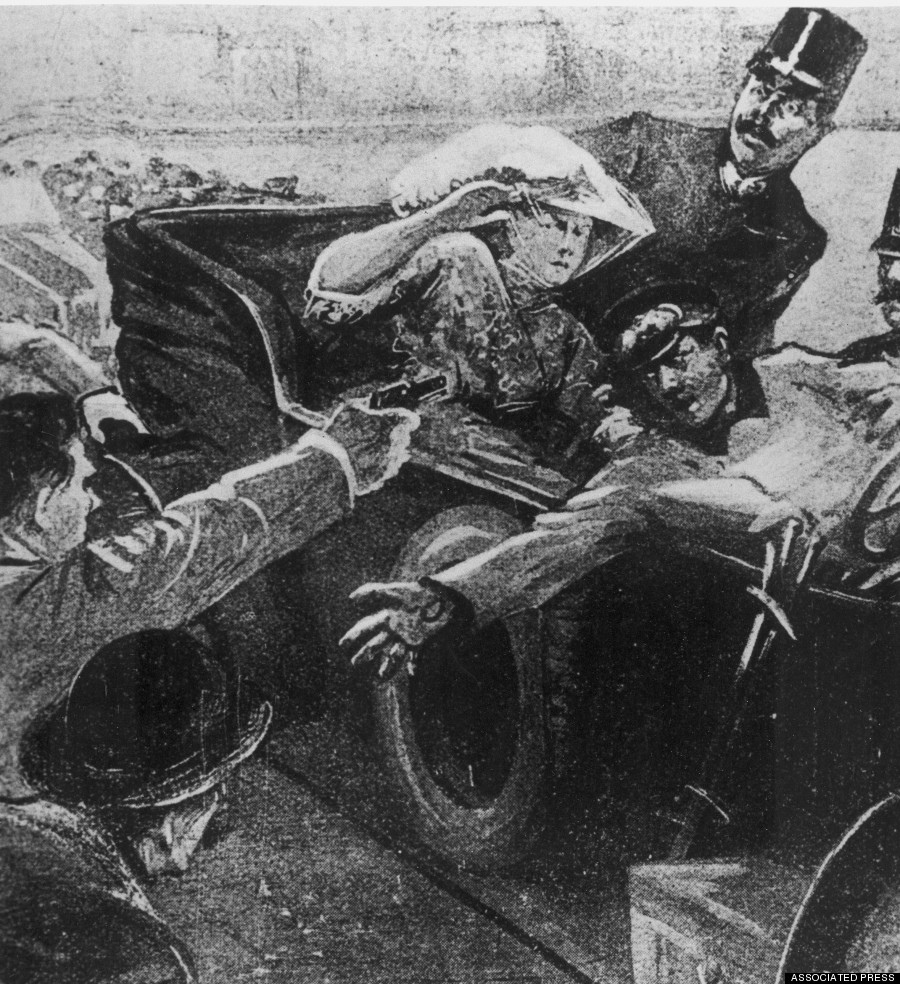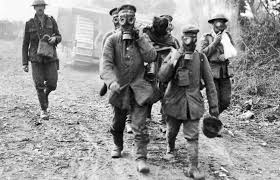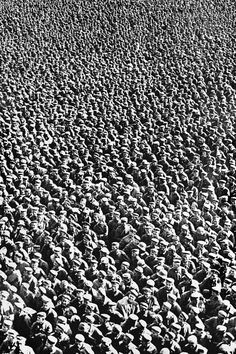The MAIN causes of WWI (Militarism, Alliances, Imperialism, Nationalism):
- Militarism: the policy of continually building up armed to be ready for battle
Each country was forced to be prepared for battle. Ex: The British navy was the most powerful, but Germany had built a better one.
- Alliances: Agreement or treaties between nations to cooperate for a specific purpose
European leaders negotiated alliances between themselves. Two main alliances were the Triple Entente, comprised of Russia, Britain, and France, and the Triple Alliance, made of Germany, Austria-Hungary, and Italy.
- Imperialism: A nation’s extension of authority over lands by Political, Economic, and Military means.
Both Africa and Asia were targets of Imperialism for their resources by European Control.
- Nationalism: Devotion to the interest of the nation, sometimes leading to putting the interests of the nation above everything else
The Black Hand assassination of Franz Ferdinand caused tension between nations.
The assassination of Franz Ferdinand:
The ‘Spark’ that really started WWI was the assassination of Franz Ferdinand on June

28th, 1914. The Archduke paid a visit to Sarajevo, Bosnia, to inspect the troops. The was a group named the “Black Hand” who was upset that Bosnia was a part of Austria and wanted it to be a part of Serbia. They felt that guns and bombs would be the best way to make a statement. Their first attempt to kill the Archduke was a fail, since when they threw a bomb at Ferdinand’s car, the Archduke stood up and knocked it onto the road away from the car. The “Black Hand” later shot the Archduke in the throat and shot his wife in the abdomen. This gave the Austrian-Hungary a reason to invade Serbia, who asked for help from Russia, who declared war on Austria-Hungary. This brought up the alliances which started the First World War.
The Schlieffen Plan:
The Schlieffen Plan was a plan created by General Alfred von Schlieffen. His plan was to sneak through neutral Germany so he could attack Paris, while the French troops were fighting by the German border. This plan failed, and Belgium joined the war on the side of the Triple Entente.
Trench Warfare:
This was the most common way of battle on the Western Front. Both sides would dig trenches so each side would be safe from small artillery and not be in the open. They would be filled with Dugouts, shelters that were used as living quarters on the warfront. In-between the trenches would be No man’s land. This was the empty, barren land that was between two enemy camps. This was filled with dead bodies and was deemed suicide when going to attack since it was so easy to die. This land was heavily watched by both sides as it was the only space where either side could cross to attack.
Major Canadian Battles:
Ypres: The Canadian Troops in the battle of Ypres were named raw necks since they were inexperienced. They were hit with the new chlorine gas mechanics the Germans had invented, and since they were ill prepared they had to pee on their handkerchiefs so they could breathe. They also had to run the risk when picking up Lee Enfield rifles from British Soldiers when they found out their  own Ross Rifles were bad.
own Ross Rifles were bad.
Somme: Canadian forces were sent to the Somme River because the French were protecting Verdun. They also had to fight through the streets in hand to hand combat. The Canadians lost 8000 soldiers between September 27th and October 11th 1916.
Vimy Ridge: This long piece of land was occupied by the German troops. It was very strategically made, full of dugouts and tunnels that held many enemy battalions. Vimy Ridge also consisted of a concrete building that held machine guns and was surrounded by barbwire. When the Canadian troops attacked, they lost more than 3500 soldiers but gained a strategic position for the war.
Passchendaele: This was an important milestone in Canadian war history and instrumentals in the victory of the Allied Forces in World War 1. The Canadians were deployed so they could help push back the German forces. This came with a lot of casualties, more than Germany, which led to a loss in morale among Canadians, and is looked back on as the lowest point in the war. However, this was a great moment for Canada since it was the most crucial battle that centered on Canadian soldiers.
Total War – The Home front:
“TOTAL WAR” is when the entire resources and population are mobilized towards the war effort, which takes priority over everything else. Further, “TOTAL WAR” also involves prosecuting the war against the entire population of the enemy, not just against its military. Examples of this would be the men at war actually fighting, women working in factories making weapons and being nurses at the warfront, and even children making care packages for the soldiers during school.
Industry helped manufacture weapons for the soldiers at war and for the needs of the people at the home front. Since men were at war fighting, the Women would take up this job. Also, money for food was scarce since most of the money would be going toward the war, so farming was saving grace for people at this time. Being able to grow food for themselves kept them alive.
Women did what they could to help during the war. They took the jobs of men since most of them had left for war. Some women even went overseas to be nurses since there was an urgent need for them. Others would work in Factories to build and store weapons for the soldiers.
Canada’s Prime Minister at the time of World War 1 found that funds were becoming low, so he passed the Income War Tax Act. This is what we know as Income Tax today. This was a very controversial act amongst the people.
By 1918, the cost of the war was through the roof, reaching $1 million each day. To offset these costs, Victory Bonds were put into place. These bonds had a 5% interest rate and were expected to make $50 million, but instead made $100 million. In 1917, the government released Special Victory Bonds, and like last time expected less than they actually made, thinking they would make $150 million, but got $500 million.
Conscription Crisis:
The federal government decided in 1917 to conscript young men for overseas military service. Voluntary recruitment was failing to maintain troop numbers, and Prime Minister Sir Robert Borden believed in the military value, and potential post-war influence, of a strong Canadian contribution to the war. This did not sit well with the French-Canadians, causing riots and destruction of public buildings.
The Ending of the War (The final German Offensive, Entente’s Counterattack, Canada’s 100 days and the Armistice):
General Ludendorff ordered a massive German attack on the Western Front. The Spring Offensive was Germany’s attempt to end World War One.
This was aided by 500 000 soldiers from the Russian Front. This however failed, since the German troops packed light to be speedy, so this strained their supplies.
On August 8th, a massive British – Canadian – Australian attack was launched on the front lines of Amiens. Thousands of men surrendered and many more fled to the east. This was known as Germany’s “Black Day”.
This event happened after the attack on Vimy Ridge. Canadian troops were used as ‘storm troops’ to lead the charge to recapture territory the Germans had taken from them. From August 8th to November 11th, 1918, the brave Canadian soldiers advanced 130 km into enemy territory, acquiring 31 537 prisoners, 623 guns, 2842 machine guns, and 336 mortars.
On November 7th 1918, Prince Max, the leader of Germany, sent out a delegation to agree to an Armistice. Two days later, Britain, France and the USA met with the German delegation. On November 11th, 1918, Prince Max replied that the government agreed to the Armistice terms and at 5 am the Armistice was signed. It stated that all fighting would cease everywhere at 11 am.
Treaty of Versailles:
When Paris held a Peace conference, Canada was able to get two seats. Canada, as well as four other countries, signed the Treaty of Versailles. This treaty stated that WWI would be the last war on such a huge scale. After this, they redrew the European borders and stripped away Germany’s armed forces. It was very harsh for the Germans as a whole, and was more of a punishment for Germany.

